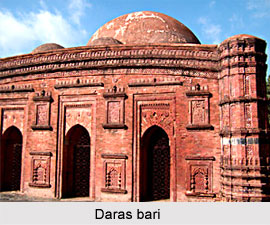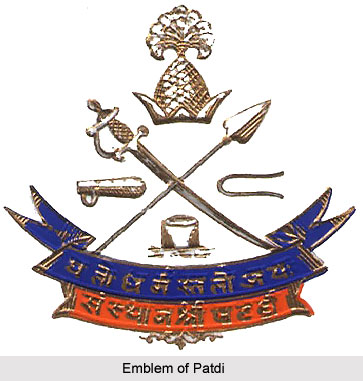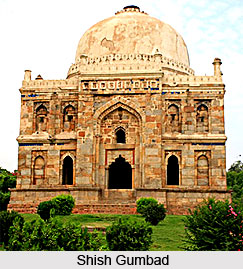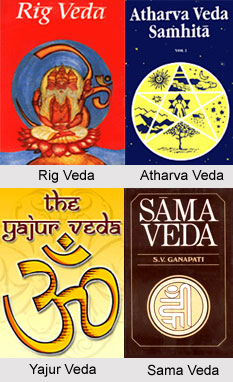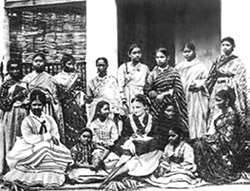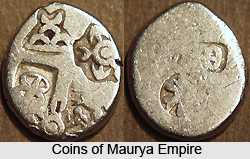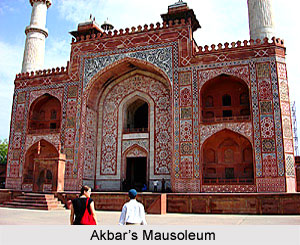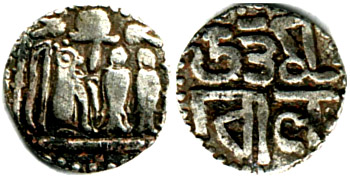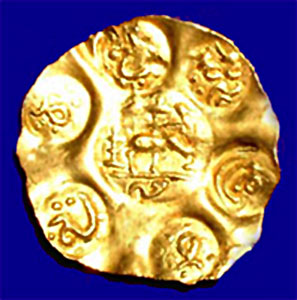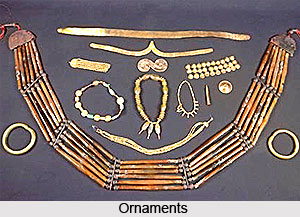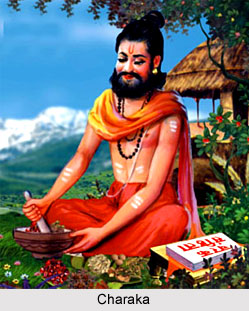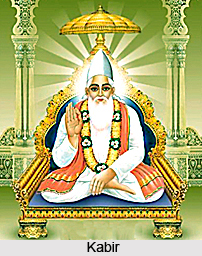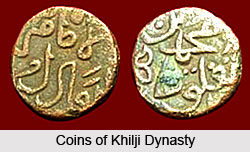The regular custom of the Britishers to send away the Indians to Kala Pani and their further destruction in the merciless hands of the autocrats had suddenly come to a stop. The Indian Jails Committee was formed in this regard, and a team had paid a visit to the Andaman jail. The members, after much ponderings and discussions came to the final conclusion that their jail rules must be revised. As a result, the deportation to the doomed place was terminated forever. According to the rulers, the penal settlement established there were not up to the mark with their plans, and the inmates needs to be repatriated back to the country. However, a significant amount of prisoners were still lodged there, who were brought back later.
The Indian Jails Committee (1919-20) was established by the Government of India on 28th April 1919 to investigate the entire system of jail administration in India, especially the penal settlement in the Andamans. Sir Alexander Cardew, member, Executive Council, Madras was its chairman. Sir James H. Duboulay, secretary, Government of India, Home Department; Col. James Jackson, inspector general of prisons, Bombay; Lt. Col. Sir Walter J. Buchanan, inspector general of prisons, Bengal; Khan Bahadur Khalifa Syed Hamid Hussain, Delhi; D.M. Dorai Rajah of Puddukottah, Madras and Norman G. Mitchell-Innes Esq. inspector of prisons, Home Office, London, were the other members.
The committee visited the Andamans in January 1920 and the report was also submitted in the same year, but it was published only in 1921. The committee was not contented with the working of the penal settlement in the Andamans and accordingly, was in favour of the abandonment of the Andamans as a special place for criminal detention.
However, it recommended the preservation of the Andamans as a place of deportation for a restricted class of prisoners whose removal from British India was considered by the government concerned to be in the interest of the public. Unifying the two views the committee recommended that expatriation to the Andamans should be closed down except with regard to such prisoners as the Governor General-in-Council may, by special or general order direct.
The recommendations of the Jails Committee regarding the abolition of the penal settlement were largely accepted by the Government of India. An announcement was made by Sir William Vincent, the Home member in the Legislative Assembly, on 11th March 1921 to the effect that the Government of India had decided to put an end to the use of Andamans as a penal settlement.
As a result, further deportation to the Andamans was discontinued and repatriation started in 1921. Veer Savarkar, G.D. Savarkar and some other political prisoners who were only about thirty in number left in the Cellular Jail by that time, were repatriated to India in 1921.
On 23rd September 1922, Sir William Vincent also introduced the Abolition of the Transportation Bill in the Legislative Assembly and informed the house that it was not only the intention of the government to abolish the punishment of deportation, but also to abandon the Andamans, as a penal settlement.
The repatriation of other convicts also continued. In 1921 when the government decided to close down the settlement, the convict population in the Andamans was 11,532, but by December 1925 their number was reduced to 7740. The Government of India issued a resolution (No. F-20/26 dated the 27th February 1926) on the subject.
However, contrary to the declared policy of the British government, some political prisoners were sent to the Andamans from 1922 onwards till the policy was eventually revised in 1932. The political prisoners deported during this period have been listed in the Andaman and Nicobar Administration release as Lakshmi Kanta Shukla and Vishnu Saran Dublis from the United Province and Kotaya Korrabu, Pandu Padal Bonangi, Sanyasayya Golivilli, Sanyasi Kunchatti, Satyanarayan Raju and Virayya Dora Taggi from Madras.
Vishnu Saran Dublis was convicted in the Kakori Conspiracy Case on 6th April 1927. He was sentenced to ten years rigorous imprisonment and was lodged in Naini Central Jail. He was erroneously implicated there in a jail riot case and was sentenced to another term of five years. In all, he was to endure a sentence for fifteen years. He was sent to the Andamans. Lakshmi Kanta Shukla was sentenced to transportation for life for trying to kill a British commissioner of Jhansi. He was send off to the Andamans. His wife Basumati also accompanied him.


